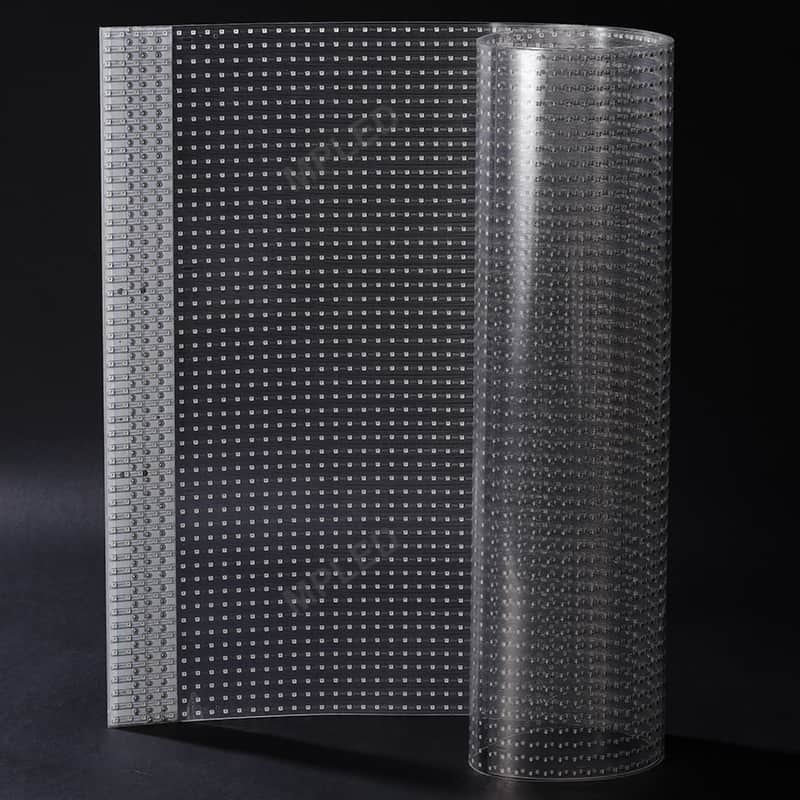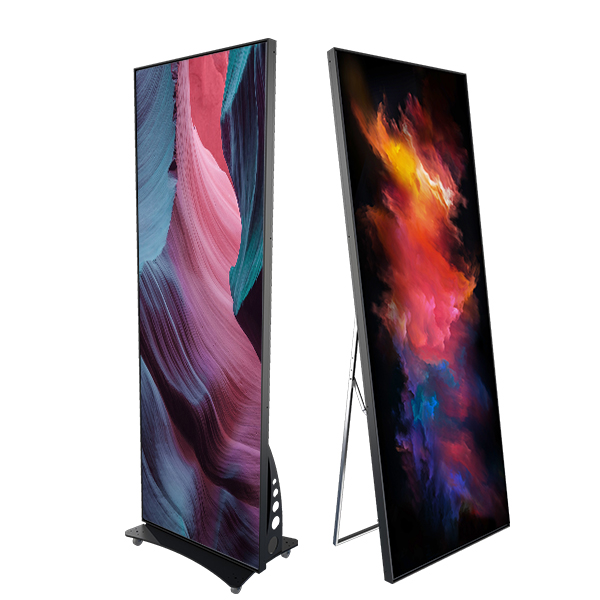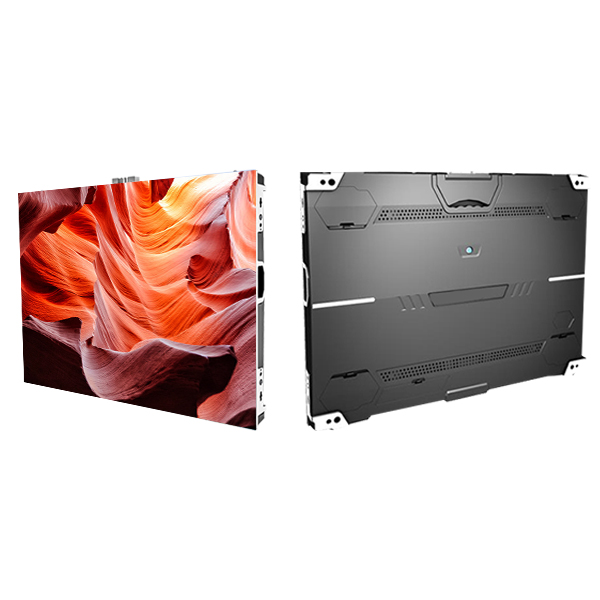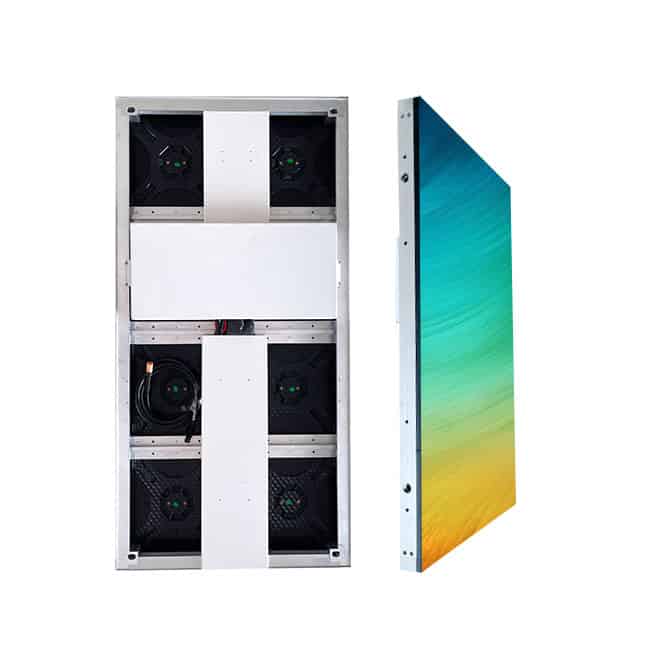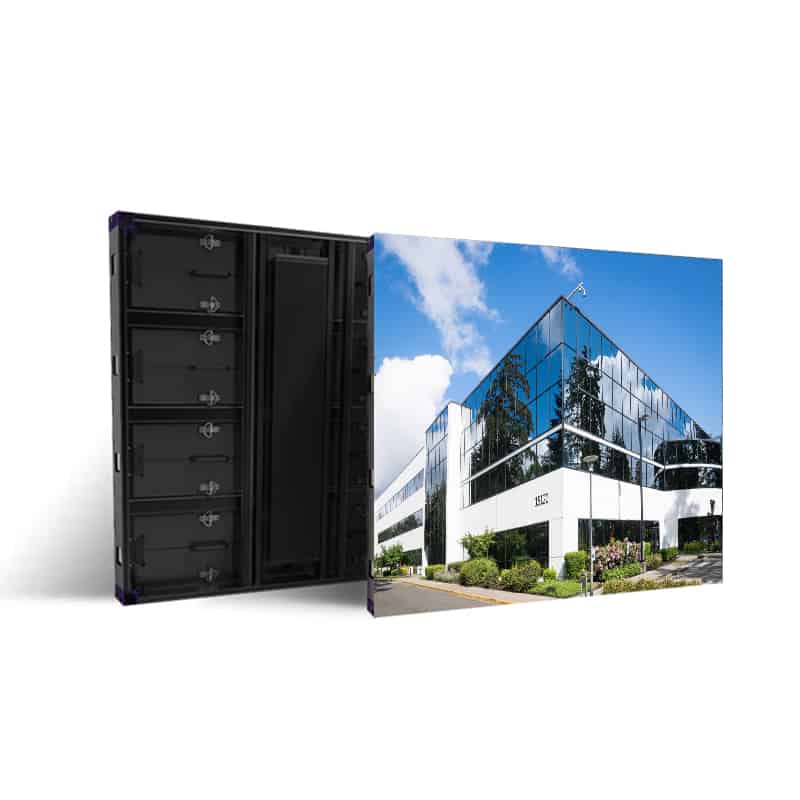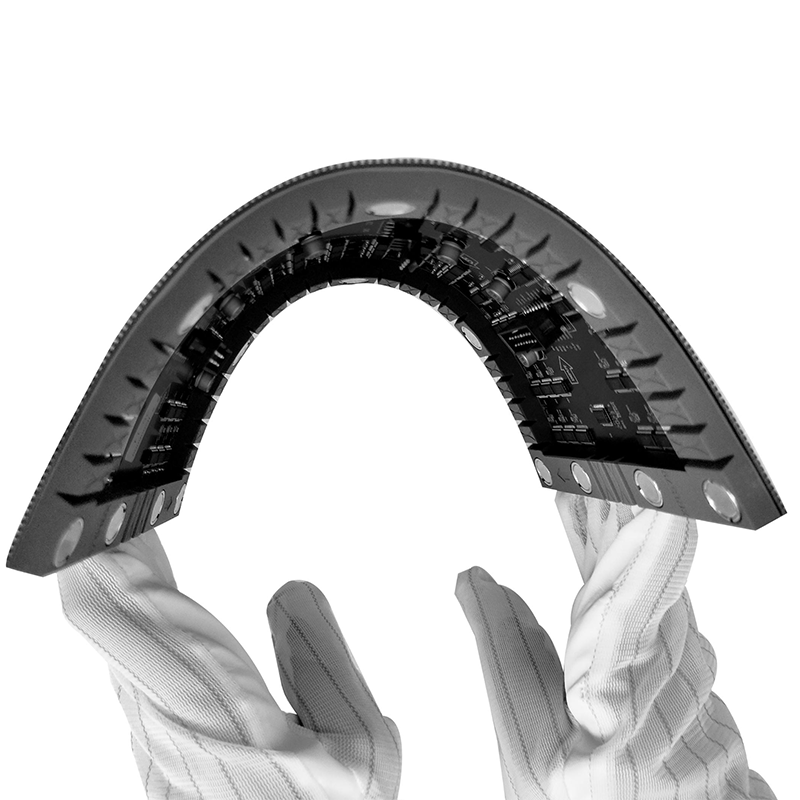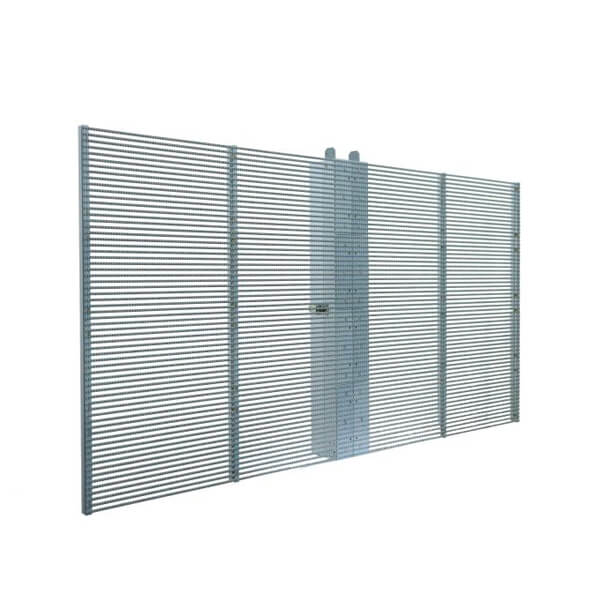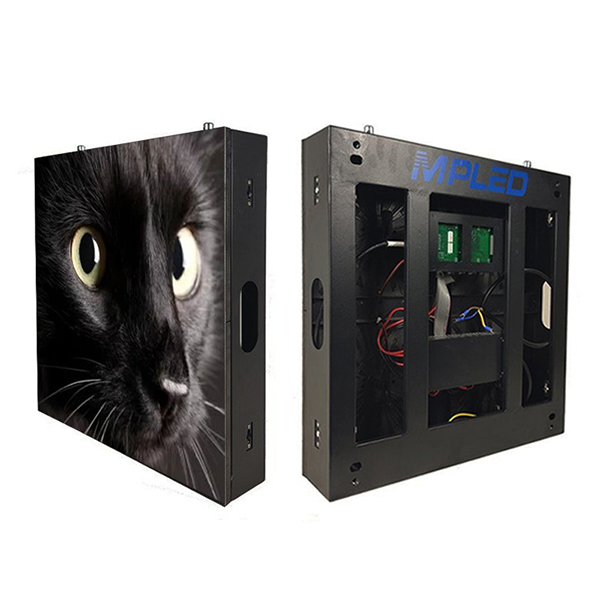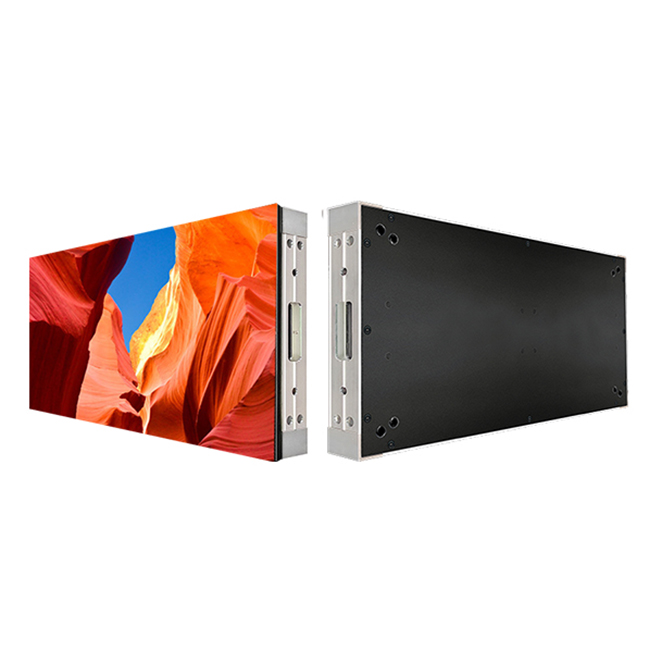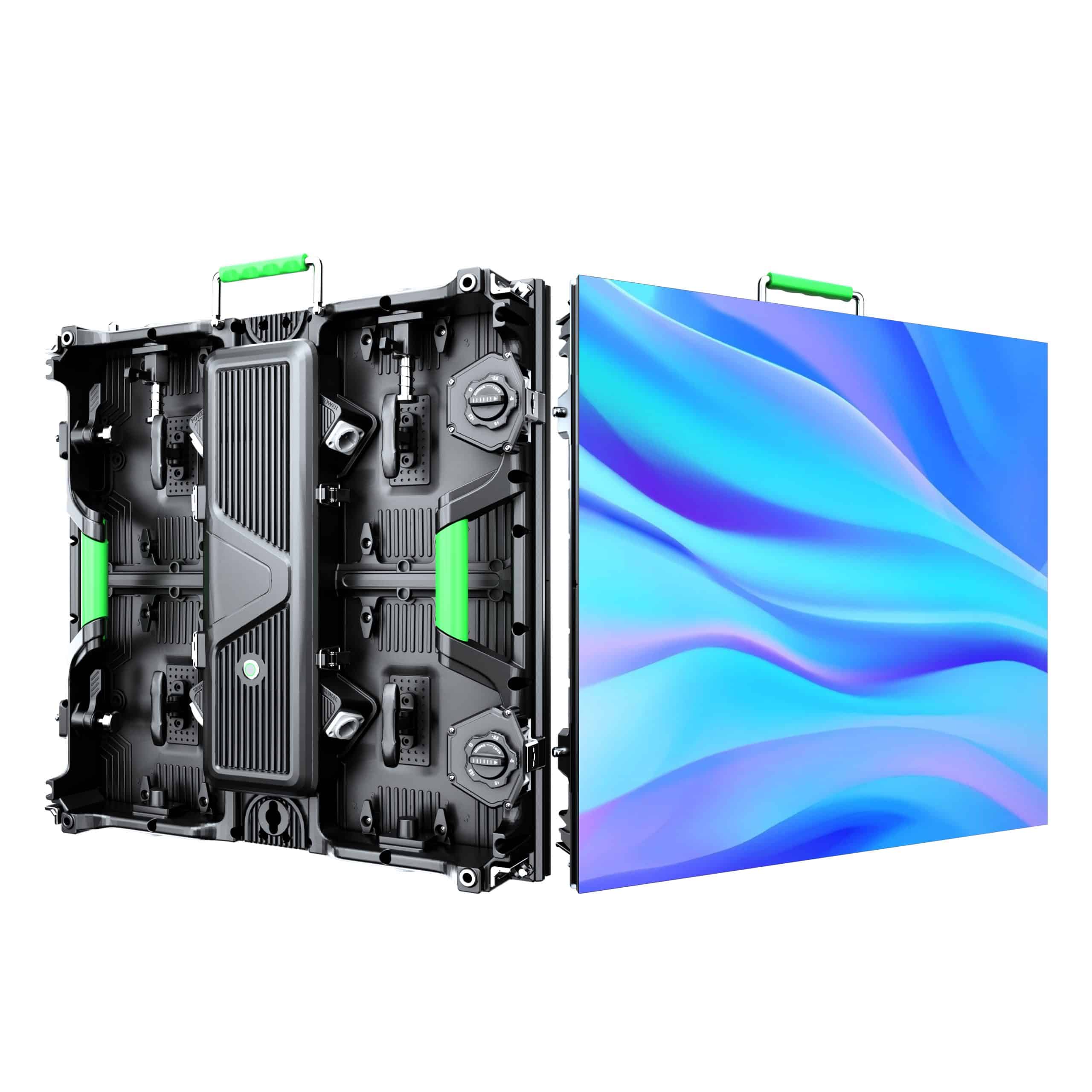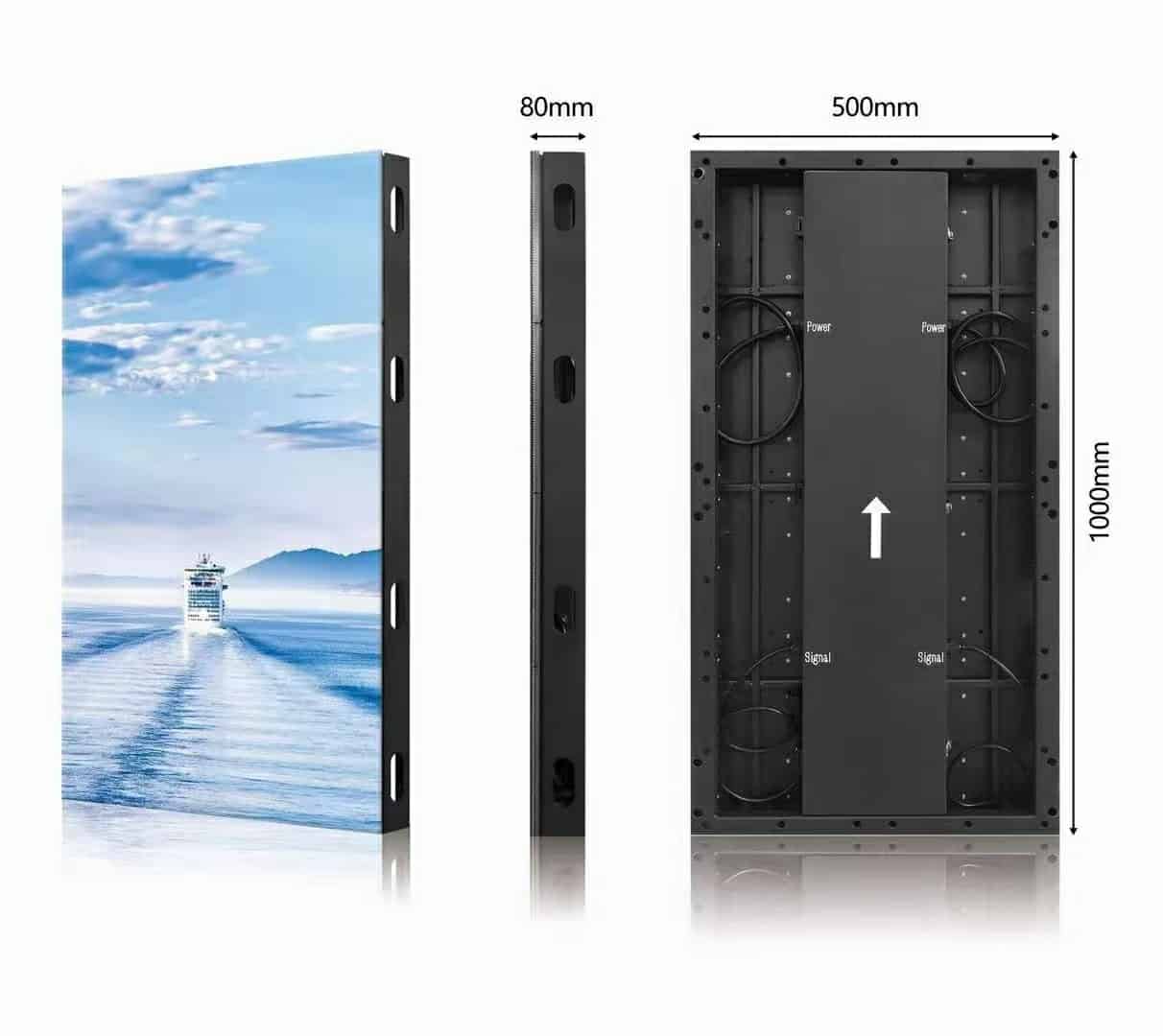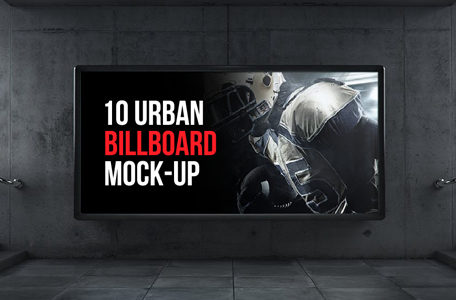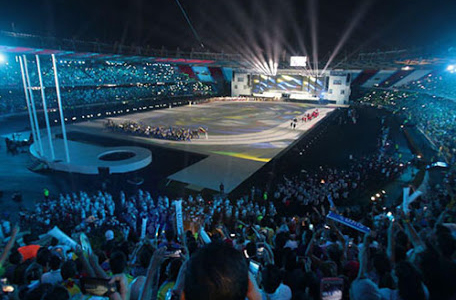About LED Display Control Card
1.The Concept of LED Display Control Card
The LED display control card is one of the important components of the LED display. It is the main device to control the images, text, video and other content displayed on the LED screen. The control card controls each LED lamp bead on the LED screen by receiving instructions sent by computers, media players and other equipment, so as to display the required images and videos.
2. Types of LED Display Control Card
Common LED display control cards are as follows:
(1) Monochrome control card: used for monochrome LED screen display, it can only display monochrome information, such as red, green, yellow, etc.
(2) Two-color control card: used for the display of two-color LED screens, capable of displaying information in two colors, such as red and green, red and yellow, etc.
(3) Full-color control card: used for full-color LED screen display, which can realize mixed display of multiple colors, thus presenting more colorful images and videos.
(4) Abnormal detection control card: It is used to monitor the working status of the LED screen, such as brightness, color and other parameters, and to detect whether the LED lamp beads are damaged or not.
The selection of the control card needs to take into account factors such as the type, size, and pixels of the LED display, as well as the required display effect and application occasions. At the same time, the performance, stability, and compatibility of the control card must also be considered to ensure the normal operation and good display effect of the LED display.
3.The Use of LED Display Control Card
(1) Control card interface: The interface type of the LED display control card varies according to different control card brands and models. Common interfaces include DVI, HDMI, VGA, SDI and other interfaces. Before use, you need to confirm the LED screen required interface type, and prepare corresponding connecting cables.
(2) Parameters of the control card: The parameters of the LED display control card determine its performance and functions, which need to be selected and configured according to the pixel density, size, color, brightness and other factors of the LED screen to achieve the best display effect .
(3) Control card settings: The settings of the LED display control card include the adjustment of resolution, refresh rate, color depth, brightness, contrast and other parameters, which need to be set according to specific usage scenarios and requirements to achieve the best display effect.
(4) Compatibility of the control card: The LED display control card and the LED screen need to be compatible, and it needs to be matched and selected according to the brand and model of the control card and the specifications of the LED screen to ensure that the control card can work normally.
(5) Troubleshooting of the control card: The failure of the LED display control card may cause the LED screen to not work normally. It is necessary to troubleshoot according to the fault code or prompt information of the control card, or contact the manufacturer or maintenance personnel for processing.
(6) Maintenance of the control card: The LED display control card needs regular maintenance, including cleaning, inspection and replacement of faulty components, etc., to ensure the normal operation and life of the control card.
In short, the correct use of the LED display control card needs to understand the above common sense, and operate in strict accordance with the instructions and specifications to ensure that the LED screen can work and display normally.
4. Precautions for Using the LED Display Control Card
The LED display control card is an important part of the LED display, and the correct use of the LED display control card can ensure the normal operation and good display effect of the LED screen. Here are some considerations for using LED display control cards:
(1) Select a suitable control card: According to the type, size, pixel and other factors of the LED screen, select a suitable control card to ensure the compatibility and stability of the control card and the LED screen.
(2) Correct installation and wiring: Install the control card and wiring correctly according to the control card manual and wiring diagram, ensure that the signal and power connections are correct, and avoid damage to the control card and LED screen.
(3) Avoid excessive load: The LED display control card has a certain load capacity limit. The size, resolution and display content of the LED screen should be reasonably planned according to the specifications and parameters of the control card, so as to avoid the failure of the control card caused by excessive load.
(4) Keep ventilation and heat dissipation: when the control card is working, it will generate a certain amount of heat. It is necessary to maintain ventilation and heat dissipation to prevent overheating from affecting the normal operation of the control card.
(5) Pay attention to anti-static: LED display control cards are sensitive to static electricity, and should avoid static interference when using them, such as wearing static clothing and using electrostatic protective gloves.
(6) Regular maintenance and testing: The LED display control card needs regular maintenance and testing to clean the control card and remove dust, replace faulty components in time to ensure the stability and reliability of the control card.

